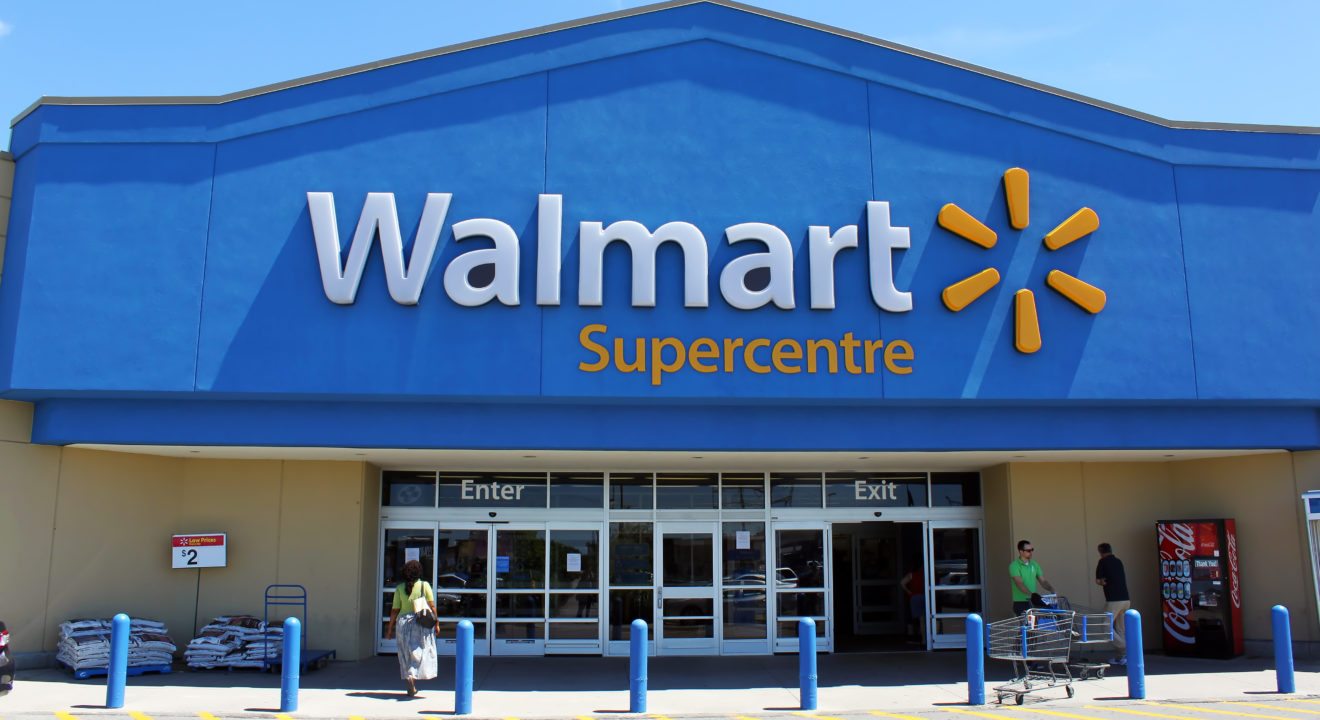Sustainability October 18, 2016


While Walmart is known for its low prices and diverse locations, it should also be known as a company making strides as a leader in environmentally-friendly corporations.
In 2013, according to Forbes magazine, President Obama recognized Walmart for setting an example on going green. He said, “More and more companies like Wal-Mart are realizing that wasting less energy isn’t just good for the planet, it’s good for business. It’s good for the bottom line.”
As GreenBiz explains, Walmart aims to tackle three areas: It aims to be supplied by renewable energy, have zero waste and sell greener products. In the last few years, the retail business giant has been working on meeting its first goal of creating renewable energy.
Edward Humes from the Los Angeles Times explains how Walmart is trying to reduce waste. He says that Walmart has demanded that manufacturers shrink shipping and material waste, which in the last three years has saved “400 million gallons of water, 95 million pounds of plastic, 125 million pounds of cardboard and half a million gallons of diesel fuel because of the reduced shipping weight and bulk.”
While Walmart seems to have made great strides for global responsibility, some investigators are growing suspicious that the business giant’s ‘green’ stamp is not all it seems. Last year Walmart came up with a “Sustainability Leaders” label. For customers looking to make the most environmentally-friendly choice when shopping, this bright green marking would alert them to choose that specific option.
However, this label does not necessarily mean the product is good for the environment. Consumerist says that “Companies earn the badge — which can be placed on all of their products — by periodically responding to a survey of questions regarding their practices.” The scores of these surveys are not available to the public, so consumers are not able to tell whether the product in question is actually sustainable or “just the least environmentally unfriendly among its particular peer group.”
How does Walmart get away with this branding? As Grist discovered, “It turns out that the key to this mystery lies in a remarkable disclaimer tucked into the middle of the home page of Walmart’s sustainability shopping portal: ‘The Sustainability Leaders badge does not make representations about the environmental or social impact of an individual product.’”
In addition, if a retailer has one product that that falls under the Sustainability Leader category, the business is able to label all their products with the tag regardless of whether the rest are sustainable.
So while customers are scanning the aisles and interpreting the new green label as a smarter choice, they are often being duped by the results of an undisclosed questionnaire and labels that promises ‘green’ products but are completely nontransparent.
As a Fortune 500 company and a worldwide chain, Walmart stands to gain a great deal by leading the forefront of the ‘green’ business world. However, consumers who spend their money on environmentally-friendly products deserve complete transparency. By making false promises and keeping low standards, Walmart can only fall to the wayside as more responsible companies take its place in the business world.